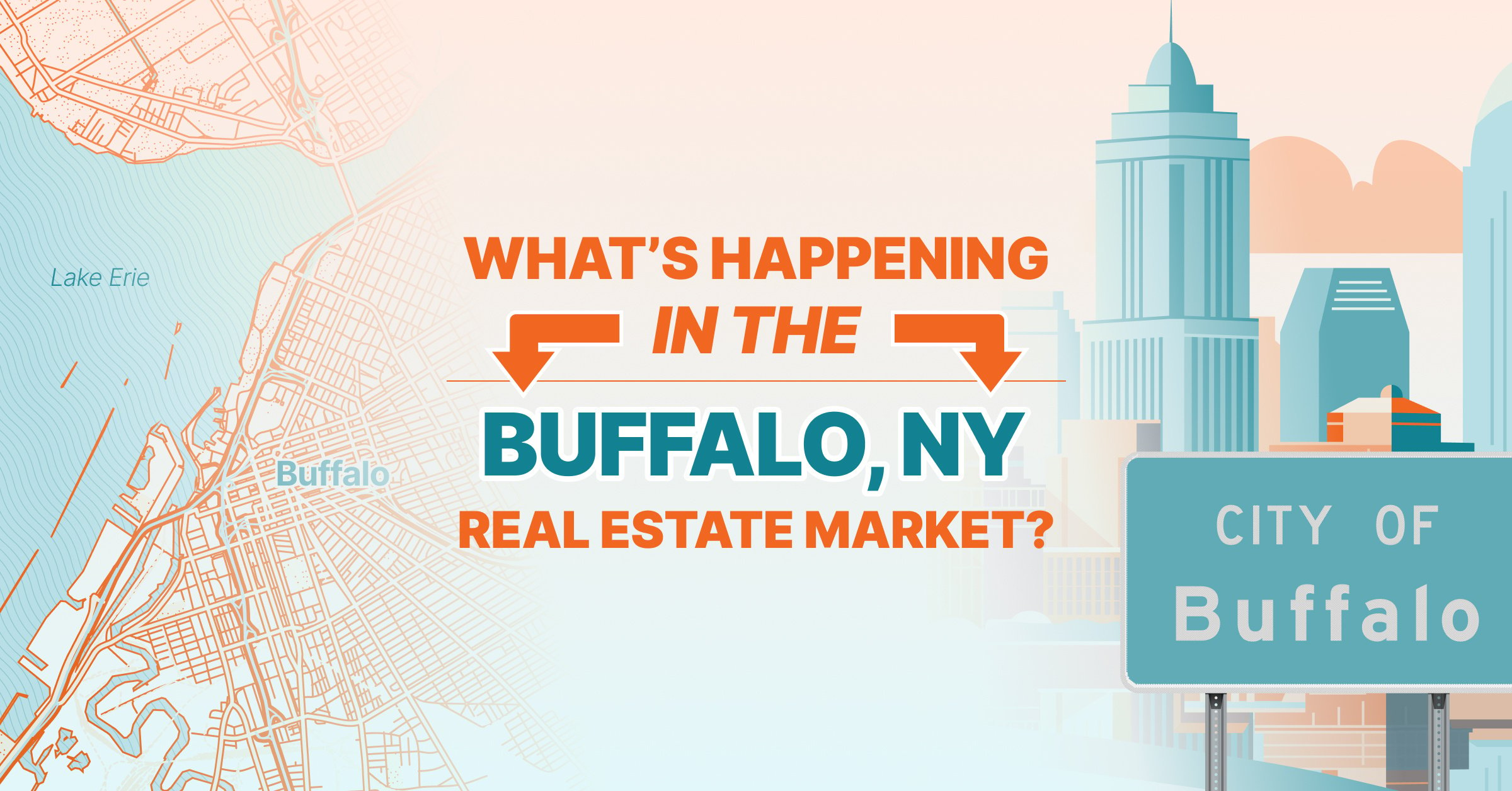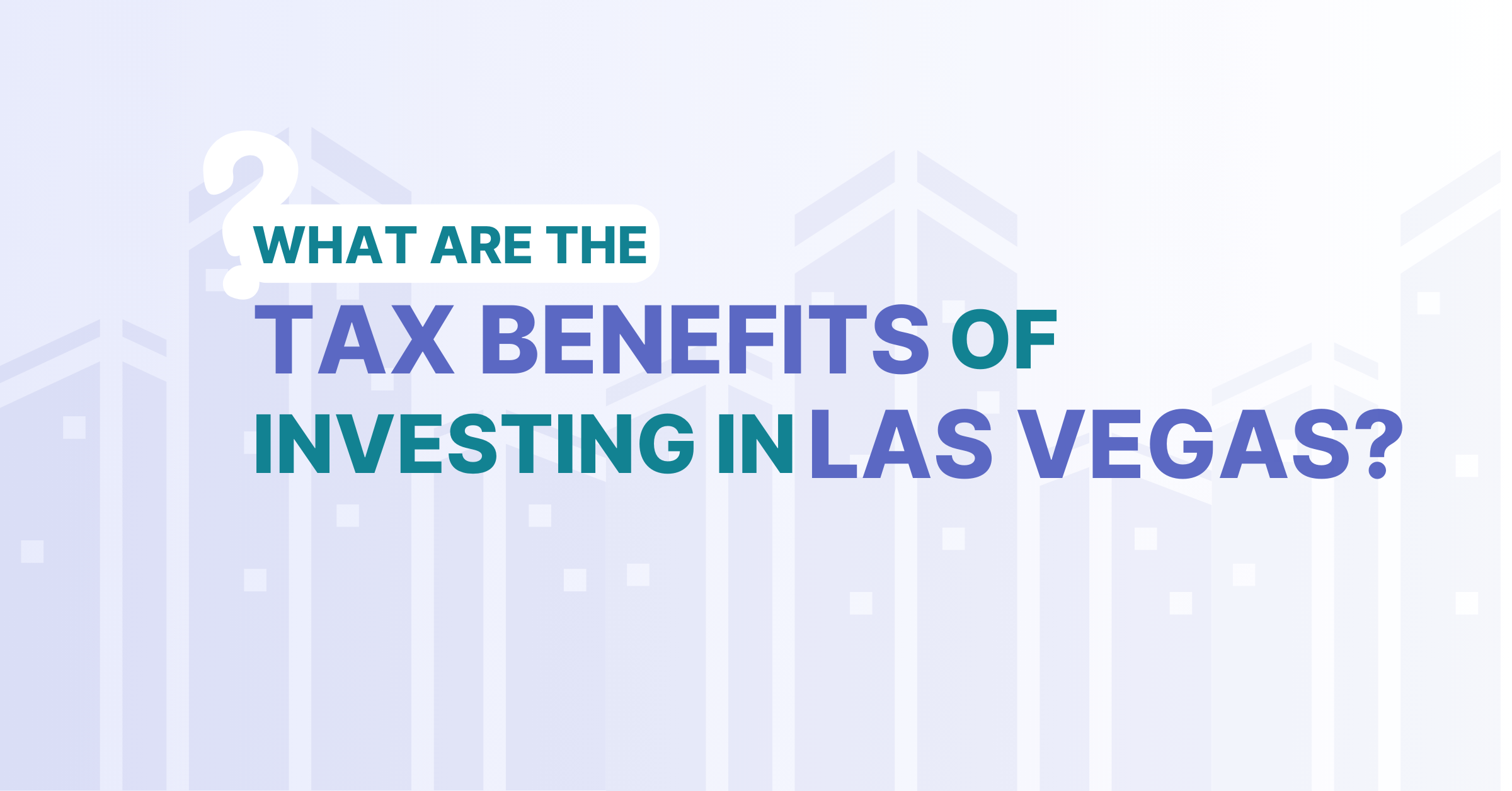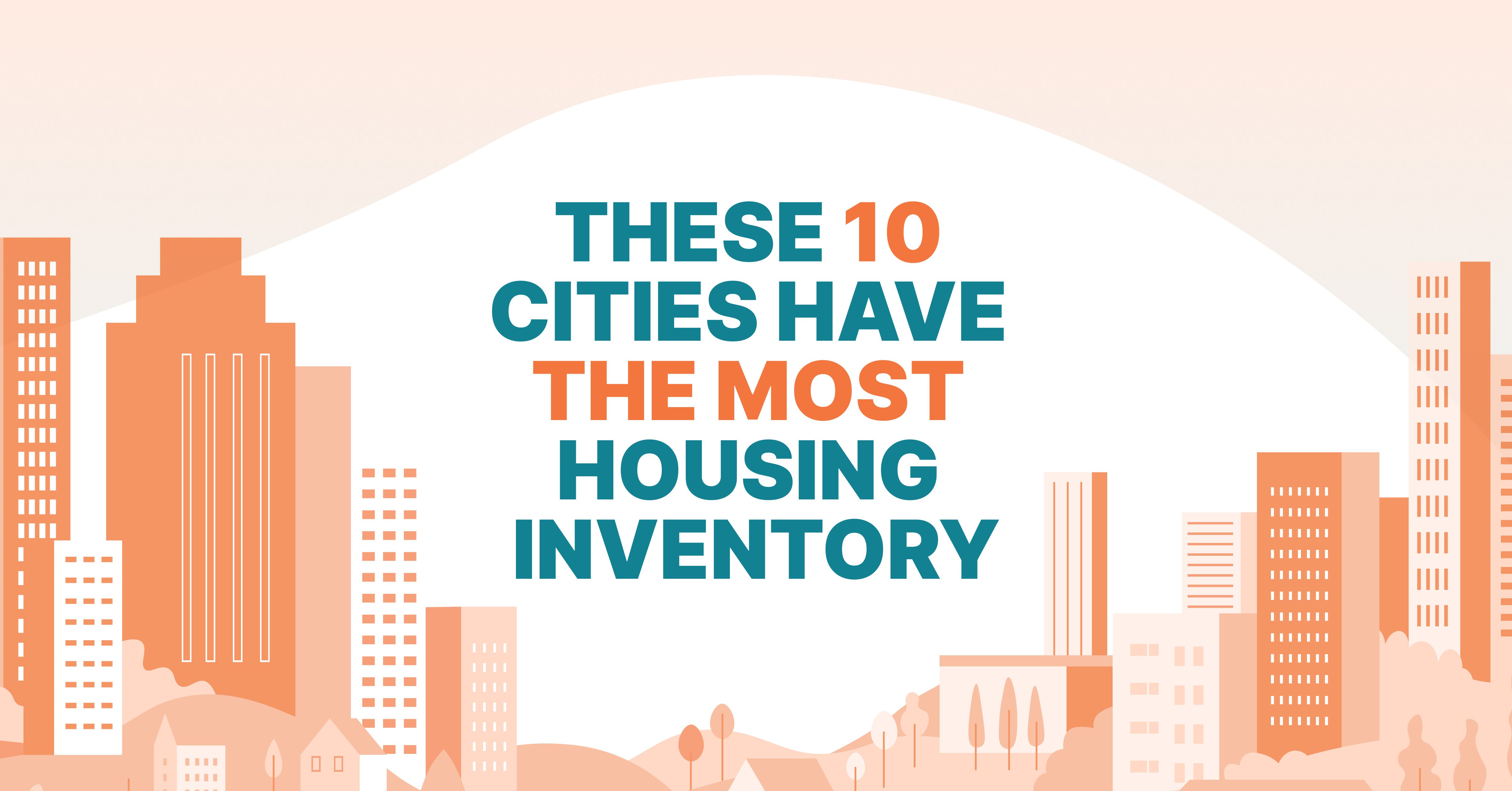Disclaimer: PropStream does not offer investing advice and/or profit promises. This article is for educational purposes only. We recommend doing your due diligence and/or consulting financial professionals before investing in discounted real estate.
|
Key Takeaways:
|
In real estate, common wisdom says to “buy low and sell high.” Whatever’s left over is profit. However, it’s also said that “profits are made in the buying, not in the selling.”
This means it’s often easier to secure a profit by buying at a discount upfront than counting on your ability to sell the property for a higher price in the future. After all, markets change, and there’s no guarantee that a property will increase in value.
To help you find potential deals, we’ve compiled a list of five U.S. markets most likely to experience a drop in home values over the next twelve months (from August 2024 to August 2025), along with the pros and cons of investing in them.
Table of Contents |
1. Provo-Orem, UT
The top U.S. metro at risk of home price declines in the next year is Provo-Orem, UT. It has a 2022 population of 715,001 (as of 2022) with a median listing price of $592,450 (as of September 2024).
However, listing prices have moderated since reaching a peak of $619,000 in April 2022. Furthermore, in Q3 2024, Provo, UT, had the second-highest foreclosure rate (1 in every 647 housing units) among 224 metro areas with a population of at least 200,000.
2. Atlanta-Sandy Springs-Roswell, GA
The Atlanta-Sandy Springs-Roswell metro had a 2022 population of 6,222,106 and a median listing price of $414,560 in September. That’s a 2.7% decline from a year ago when the median listing price was $425,940.
Meanwhile, researchers from Florida Atlantic University and Florida International University determined that metro Atlanta’s home values were overpriced by 40.37% earlier this year, the second-highest overvaluation nationwide.
3. Salt Lake City, UT
.png?width=1252&height=834&name=salt%20lake%20city%20(1).png)
Home to the 2002 and upcoming 2034 Winter Olympics, Salt Lake City, UT, had a 2022 population of 1,266,191 and is on the edge of a potential home value crash. In September, its median listing price was $580,000, down 3.2% from last year.
Meanwhile, Salt Lake City’s housing market is cooling faster than the national average. Between April 2023 and April 2024, the metro area saw a 5% drop in the share of homes sold within two weeks, compared to about a 3% decline nationally.
4. Palm Bay-Titusville-Melbourne, FL
Located along the Atlantic Ocean on the east side of Florida, Palm Bay-Titusville-Melbourne had a 2023 population of 643,979. Meanwhile, the median home listing price was $390,000 in September, a 0% change from last year.
According to a recent study, Palm Bay is among the top five U.S. housing markets with the biggest supply and demand divergence: a 39% supply increase and an 18% demand decrease. It’s also expected to see 44% of its listings drop in price in the months ahead.
5. Gainesville, FL
Home to the University of Florida, Gainesville, FL, had a 2023 population of 352,126 and a median home listing price of $349,950 in September. However, that’s a 5.1% drop from a year ago and a 1.3% drop from two years ago.
Home sales have dropped even further. In March, they were down over 14% from last year. Furthermore, Gainesville ranks as one of the largest metros for the coldest market, where buyers have the most negotiating power.
Pros and Cons of Investing in These Markets
.png?width=1252&height=834&name=pros%20and%20cons%20(1).png)
Now that you know the markets most likely to see home price declines over the next year, here are potential benefits and drawbacks to consider before investing in them:
Pros of Investing in These Markets
Lower purchase price. If and when home prices decline, you may be able to buy a property at a discount, lowering the barrier to entry for first-time investors and potentially leading to greater upside when the market eventually recovers.
Less competition. Home value declines are often accompanied by decreased home sales (high demand tends to keep prices high while many buyers shy away from a declining home value environment). Consequently, investors may face less competition.
Potential rental income. Even if home values drop, rental demand may remain strong, especially in an economic downturn when fewer people can buy homes. This might mean access to attractive cash flow despite changes in a property’s underlying value.
Cons of Investing in These Markets
Further price decline potential. One of the most significant risks of buying into a declining home value environment is that prices will continue to decline. In the worst-case scenario, they may never recover, and you could lose money.
Financing challenges. Some lenders may be more cautious about extending credit when home values are falling, requiring higher interest rates and down payments. As a result, it may take more work to secure financing.
Less liquidity. In a declining market, it may be harder to sell your property quickly without accepting a steep discount. This can limit your exit options and force you to tie up your capital longer than expected.
Use PropStream to Find Your Next Property Deal
Ultimately, the best real estate market to invest in depends on your financial situation, risk tolerance, and investment goals. Carefully consider each and study different housing markets before taking the plunge.
Once you’ve decided on a market, use PropStream to quickly generate potentially discounted property leads. With over 160 million nationwide property records, 165+ search filters, and 20 Lead Lists, PropStream makes it easy to find your next deal in no time.
Sign up for a free 7-day trial today and get 50 leads on us!
Frequently Asked Questions (FAQs)
What factors contribute to a housing market’s price decline?
Real estate housing market price declines are typically driven by oversupply, decreased buyer demand, rising interest rates, or other factors.
How can I time the bottom of the housing market?
Timing the bottom of a real estate market can be hard, if not impossible. Instead, focus on property-level investment fundamentals like comps and cash-on-cash return.
What is the biggest risk of buying real estate in a declining market?
The biggest risks of buying real estate in a declining market include further price declines, difficulty obtaining financing, and less liquidity.
How do I know if I’m overpaying for a property in a declining market?
Use real estate data software like PropStream to compare historical trends, recent nearby sales, and market conditions. That way, you can make better housing market predictions and be more confident you’re paying a fair price.
Subscribe to PropStream's Newsletter



